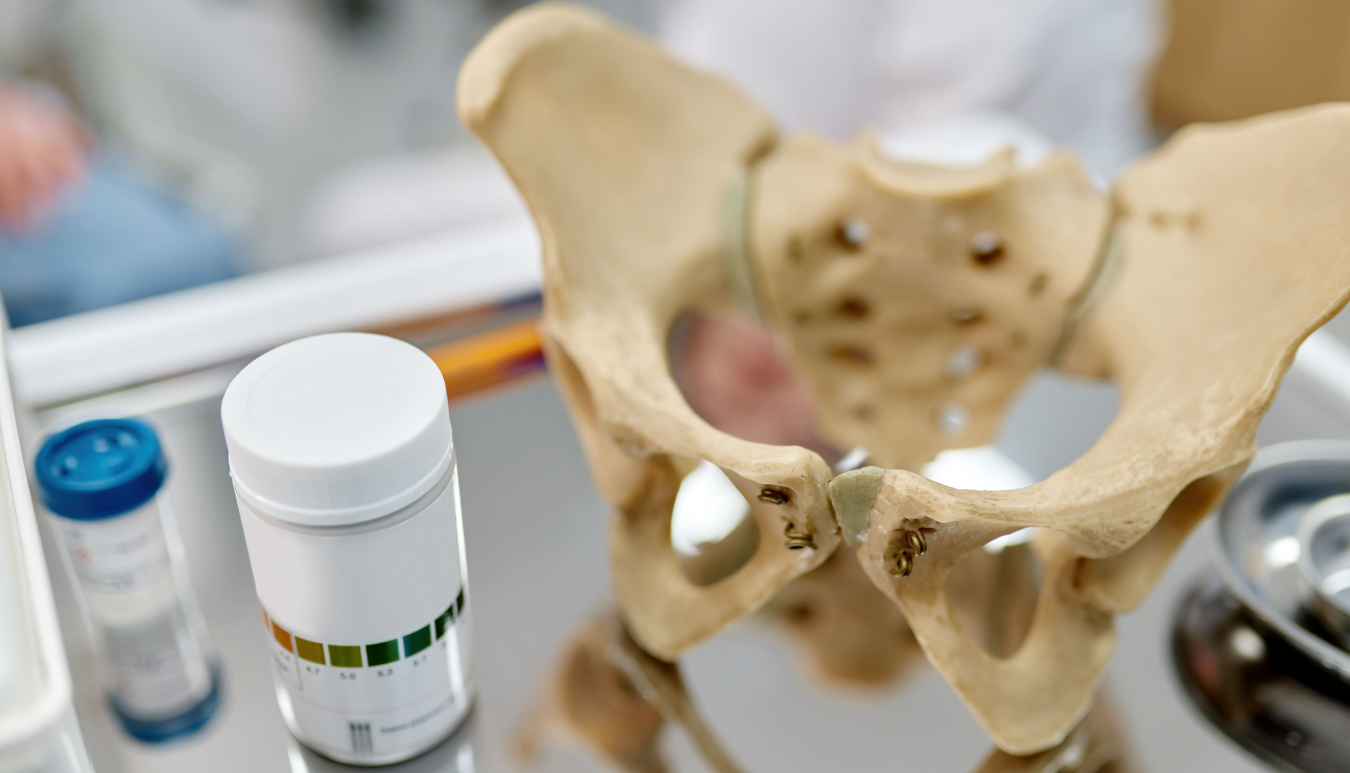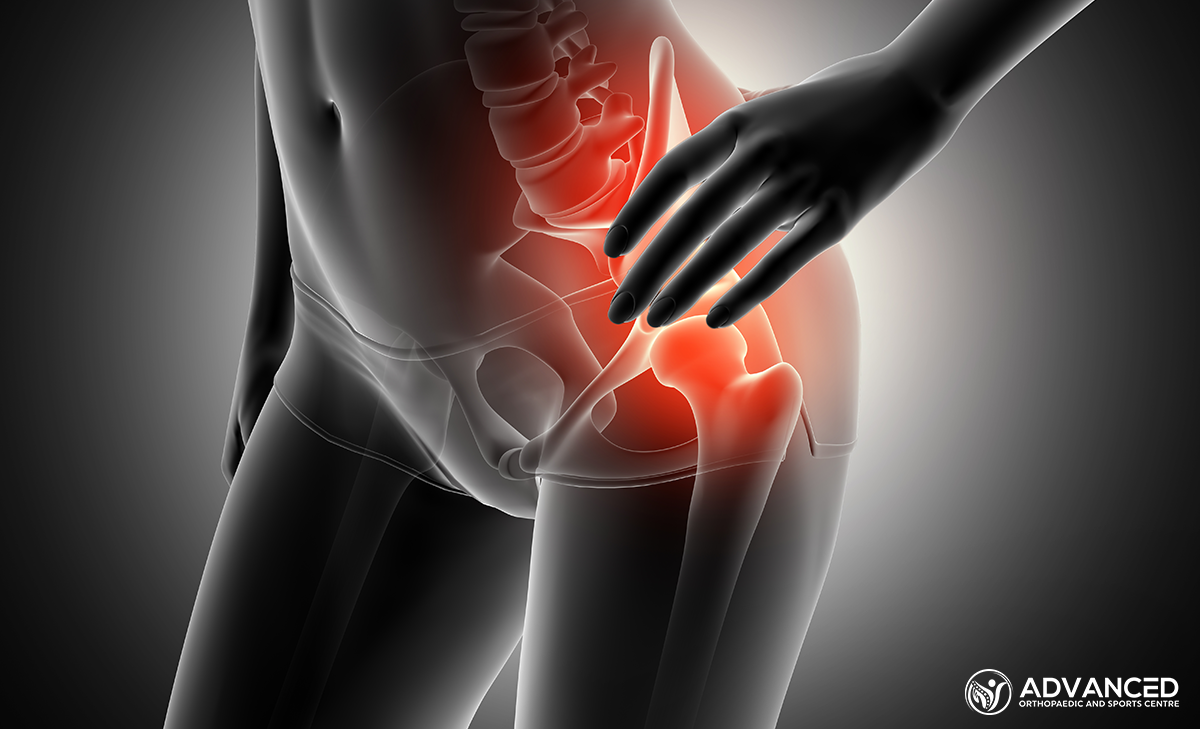Introduction
Hip bursitis is an inflammation of the bursae, which are fluid-filled sacs cushioning the bones, tendons, and muscles near joints, leading to hip pain. While it can affect people of any age, it is more common among those participating in certain sports or physical activities.
Understanding the range of treatment options available can be helpful for prospective patients seeking relief and recovery.
Understanding Hip Bursitis
What is Hip Bursitis?
Hip bursitis is characterised by inflammation of the bursae, the fluid-filled sacs that cushion bones, tendons, and muscles near joints, particularly in the hip area. This condition can cause significant discomfort and impact the person’s mobility.
Causes and Risk Factors
- Repetitive Activities: Activities that place pressure on the hips can lead to bursitis.
- Direct Trauma: Falls or blows to the hip area can cause inflammation.
- Medical Conditions: Medical conditions such as rheumatoid arthritis and infections can contribute to the development of hip bursitis.
- Age: Older adults are at a higher risk of developing hip bursitis.
- Sports: Athletes in sports involving running or cycling may have increased risk.
Symptoms
- Pain on the outer side of the hip
- Swelling and tenderness in the hip area
- Redness and warmth over the affected area
- Increased pain with movement or pressure
Diagnosis
Diagnosis of hip bursitis typically involves a comprehensive physical examination. Assessment of the patient’s history and symptoms and physical tests to evaluate pain and mobility may be performed, and imaging tests such as X-rays or MRIs may be ordered to rule out other conditions. In some cases, aspiration of bursa fluid may be conducted to check for infection.
Non-Pharmacological Treatment Options
The management of hip bursitis often begins with non-pharmacological treatments aimed at alleviating symptoms through means other than medication. These approaches focus mainly on:
Rest and Activity Modification
Reducing or modifying activities that worsen hip pain can benefit the patient. It involves limiting actions that stress the hip and introducing various physical activities to prevent repetitive motion injuries.
Physical Therapy
This includes a combination of strengthening exercises for the muscles around the hip to improve stability and flexibility exercises to enhance the range of motion. Physical therapy is tailored to each person’s condition to ensure optimal recovery.
Assistive Devices
Using canes, walkers, or orthotic inserts can help reduce pressure on the hip, assist in movement, and improve alignment and weight distribution. These devices are often recommended to support the healing process.
Ice and Heat Application
Initial treatment may involve applying ice packs to reduce inflammation and numb the pain. After the initial inflammation has subsided, heat therapy can relax the muscles around the hip and increase blood flow to the area.
Lifestyle and Ergonomic Adjustments
Maintaining a healthy weight and making ergonomic improvements in seating, sleeping positions, and daily activities can significantly reduce strain on the hips. These adjustments can contribute to the long-term management and prevention of hip bursitis.
Pharmacological Treatment Options
Pharmacological treatments alleviate more persistent or severe symptoms. These options are designed to reduce inflammation, manage pain, and address any underlying conditions contributing to bursitis.
- Nonsteroidal Anti-inflammatory Drugs (NSAIDs): Medications such as ibuprofen can help reduce inflammation and alleviate pain.
- Corticosteroid Injections: For significant inflammation, corticosteroids may be injected directly into the bursa, offering rapid relief.
- Acetaminophen: Used for pain management, especially when NSAIDs are unsuitable.
- Disease-Modifying Antirheumatic Drugs (DMARDs): In cases related to rheumatoid arthritis, these drugs can effectively manage underlying conditions.
- Topical Treatments: Creams and gels with anti-inflammatory properties can be applied to the affected area, providing localised relief.
Surgical Treatment Options
Surgical intervention for hip bursitis is considered when all other treatments have not provided sufficient relief. Surgery is typically reserved for severe or chronic cases where the patient’s quality of life remains significantly affected despite exhaustive treatment efforts. Surgical options include:
Bursa Removal (Bursectomy)
The most common surgical procedure for hip bursitis involves the removal of the inflamed bursa. Depending on the case’s specifics, this can be performed through traditional open surgery or minimally invasive arthroscopic techniques.
Iliotibial Band Release
In some instances, tightness in the iliotibial band can contribute to bursitis. A surgical procedure to release this tension may be performed with a bursectomy.
Infection Clearance
If an infection causes bursitis, surgical intervention may be necessary to drain the infected fluid and remove any damaged tissue, alongside antibiotic treatment.
Conclusion
Early and appropriate intervention tailored to the person’s condition can significantly improve outcomes. Patients can benefit from exploring these options to find the most effective pathway toward recovery and effective pain management.




